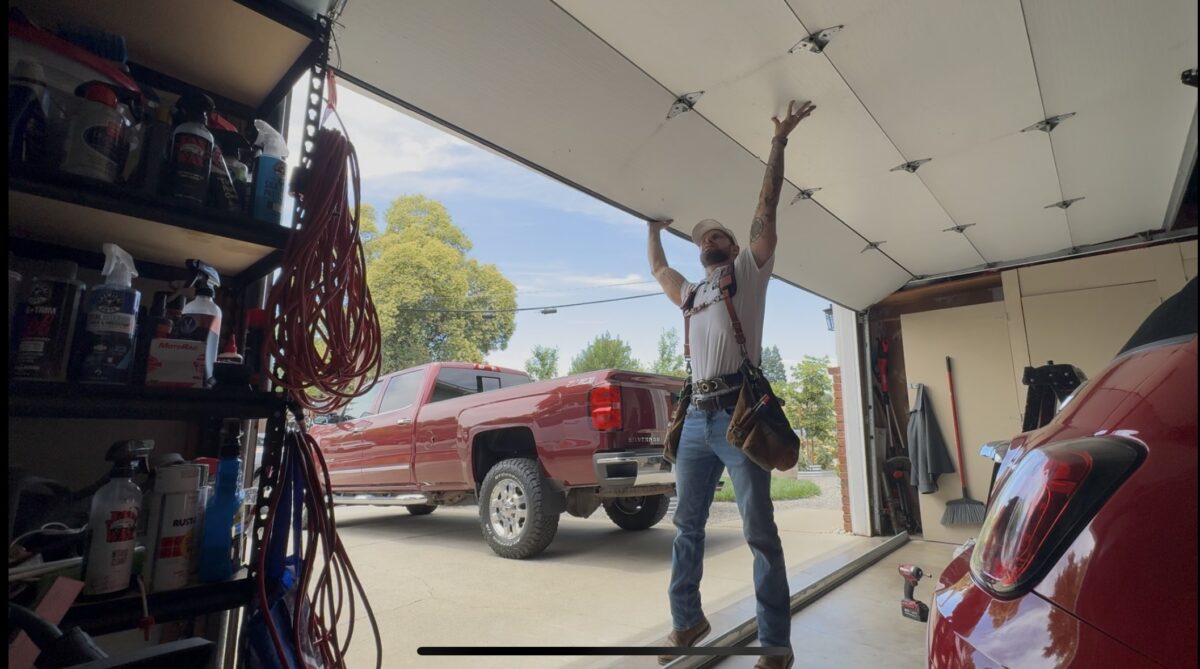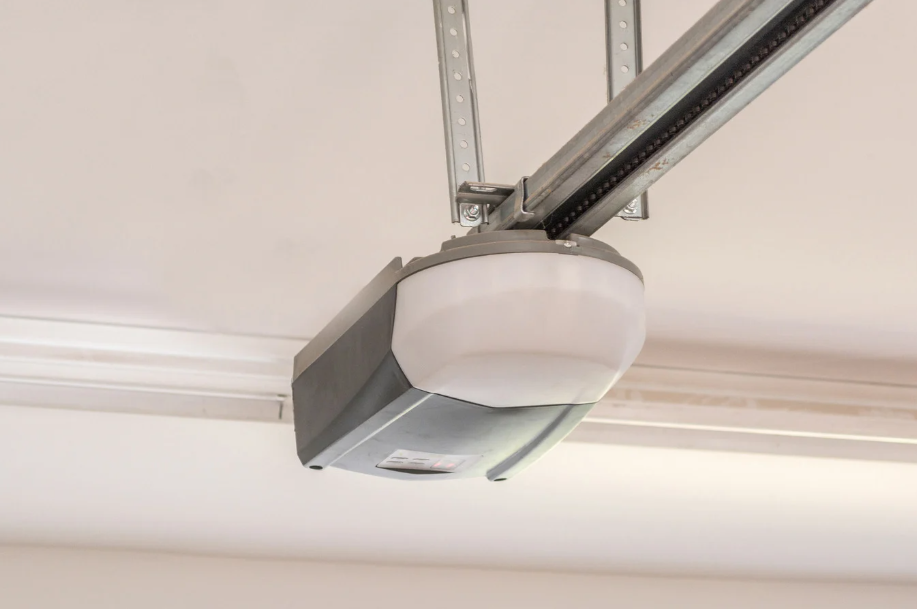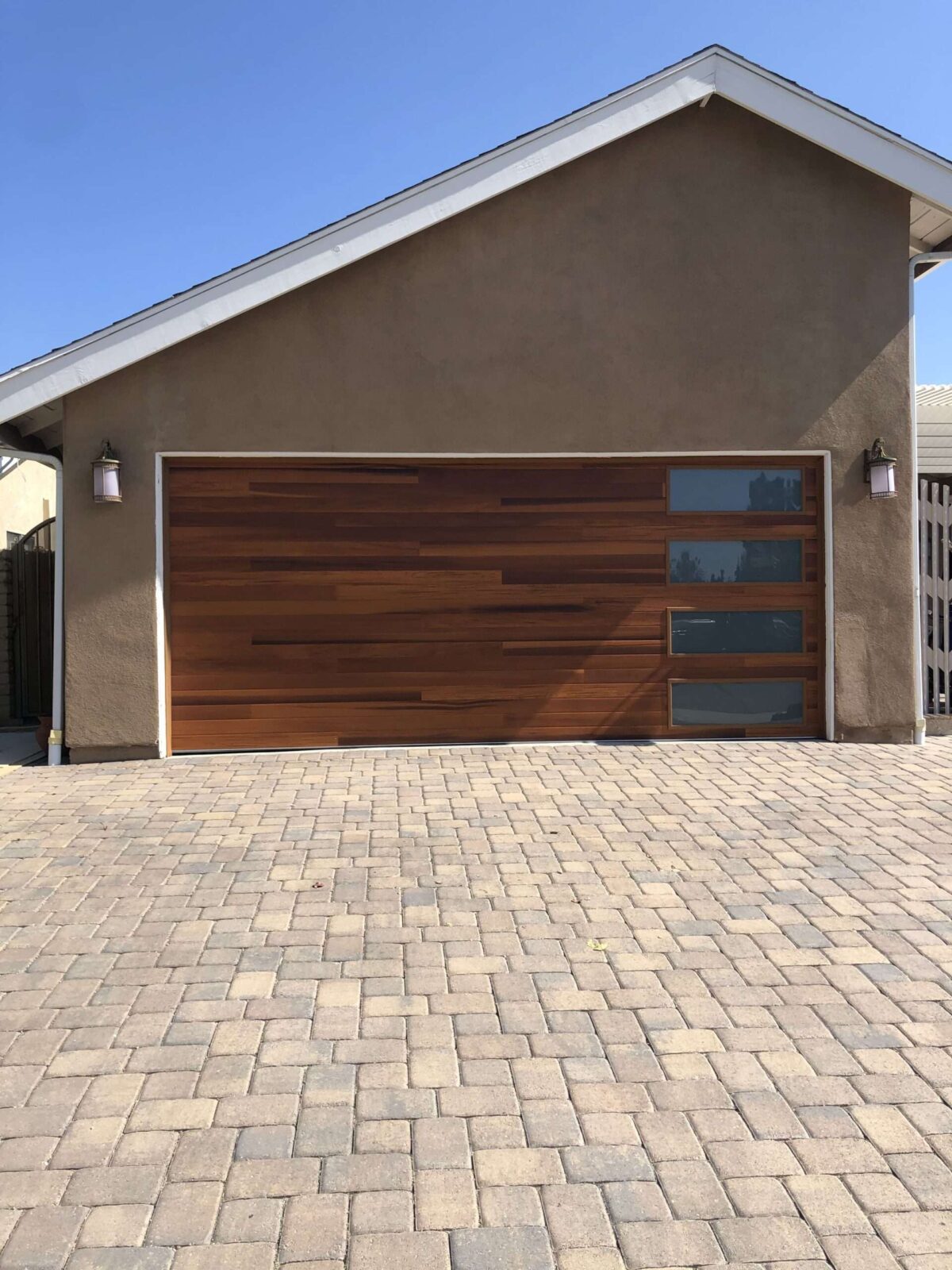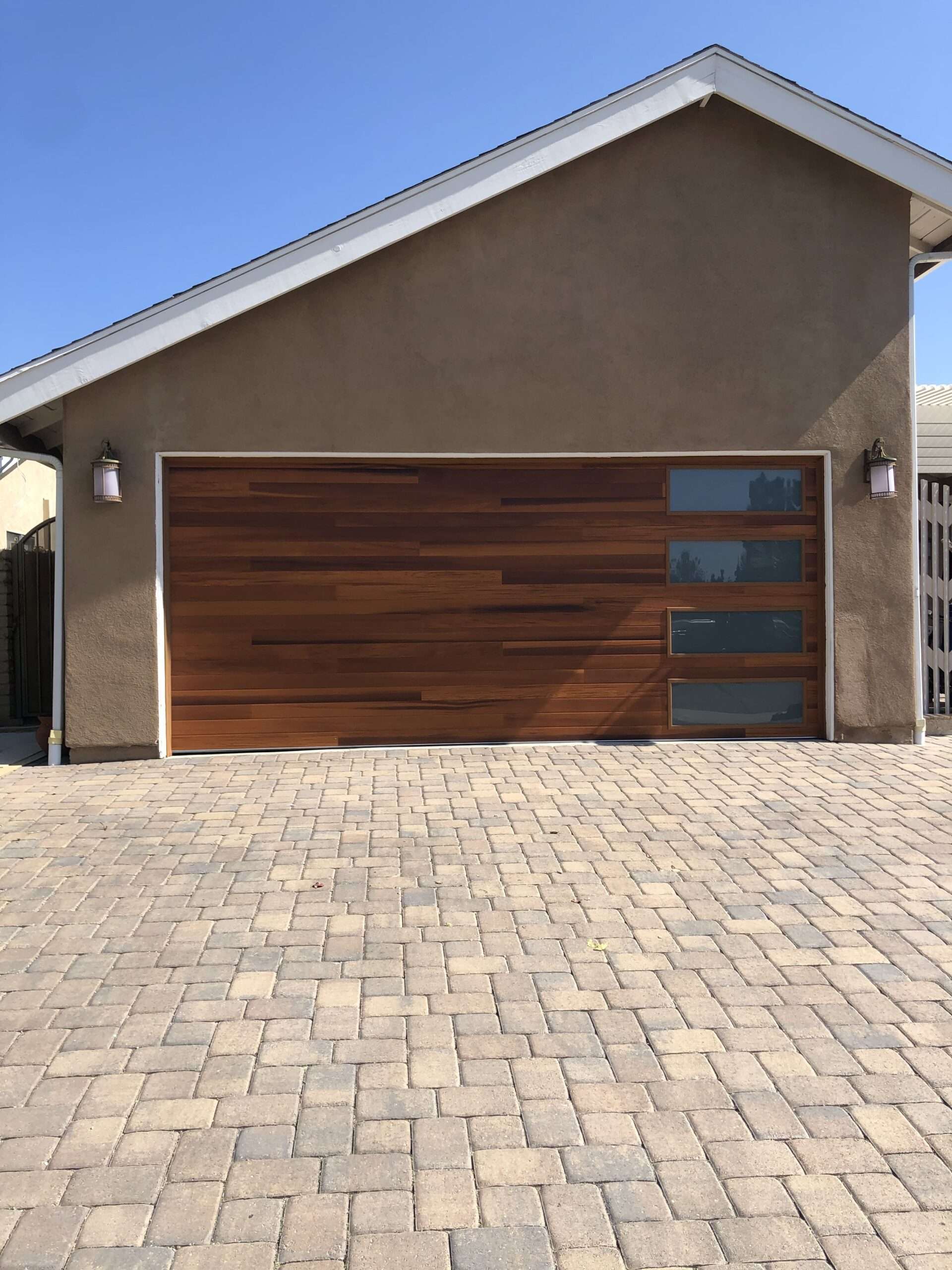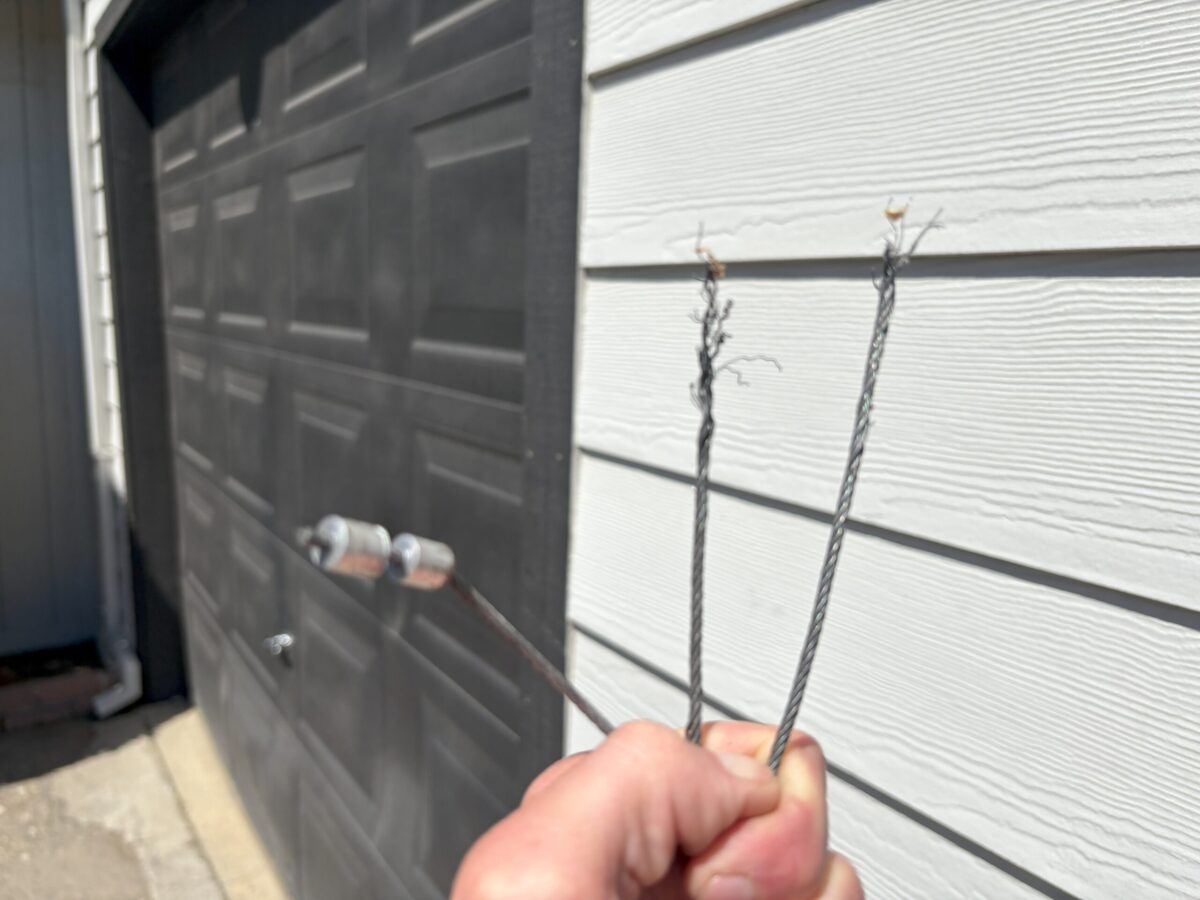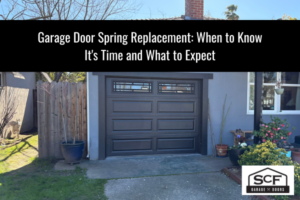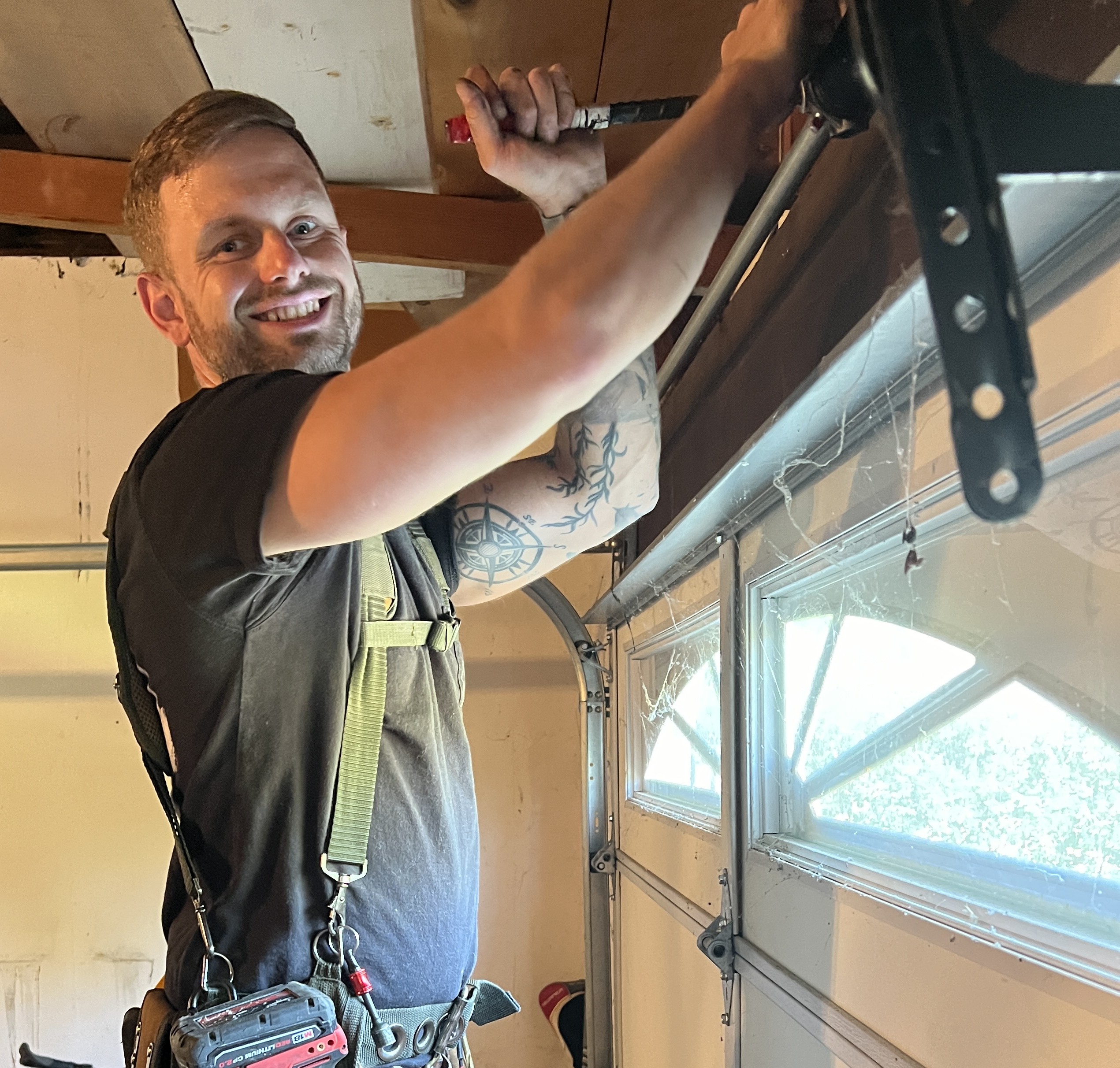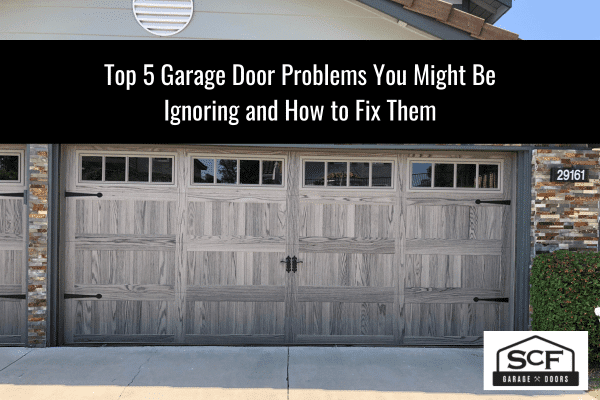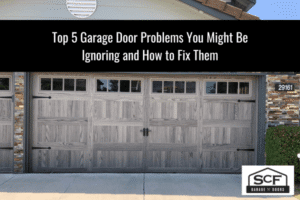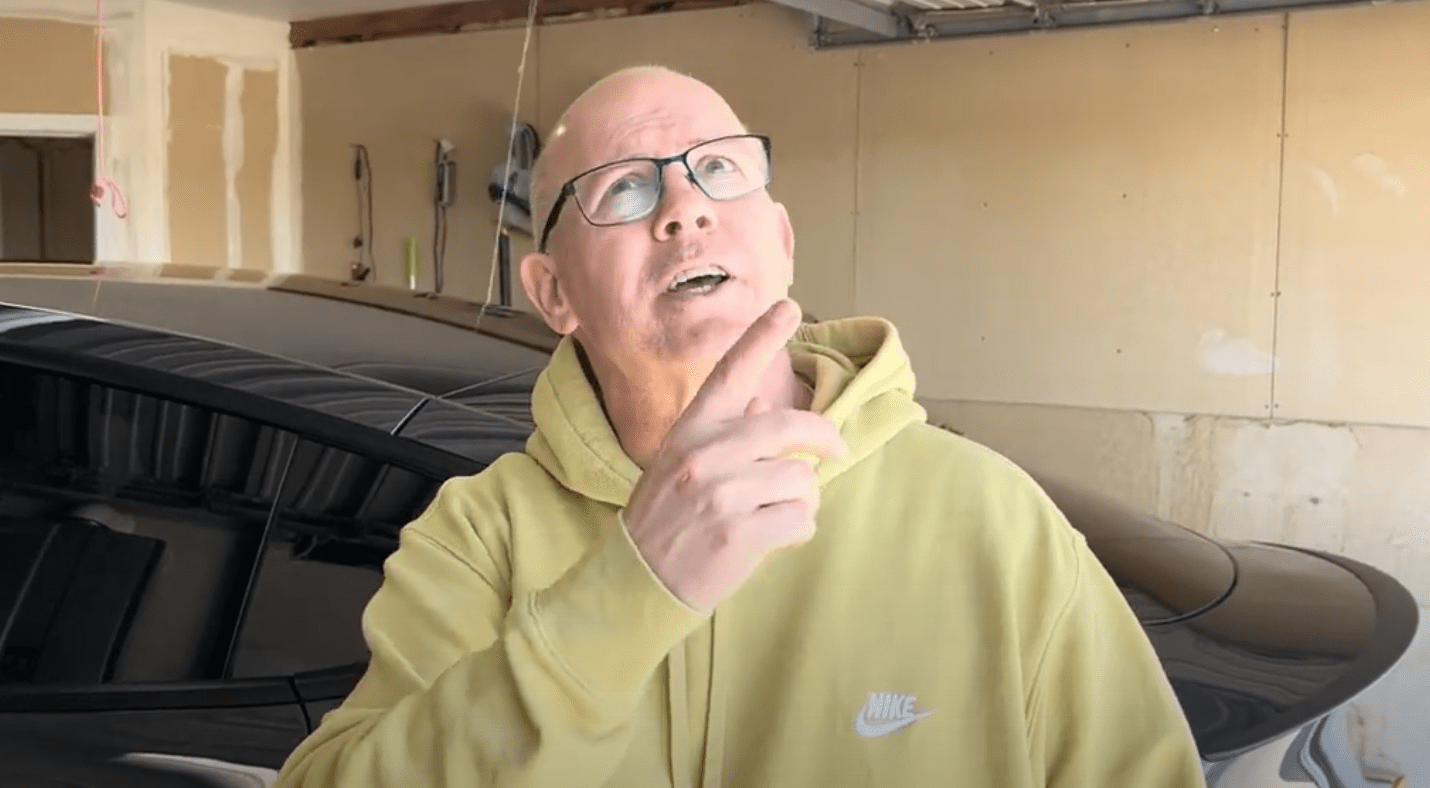For many homeowners in Sacramento, the garage door is more than just a functional barrier; it’s a central part of the home’s aesthetic, security, and energy efficiency. When your old garage door is showing its age with dents, loud operation, or a dated appearance, a garage door replacement becomes a significant consideration. However, one of the first and most pressing questions is, “How much will this cost?” The simple answer is that the cost of garage door replacement can vary widely, from a few hundred dollars to several thousand, depending on a multitude of factors. This article will break down the key elements that contribute to the final price, helping you understand the average cost of garage door replacement in the Sacramento area and make an informed decision for your home.
The Average Cost: A Starting Point
While it’s impossible to give a single number, the average cost of garage door replacement for a standard residential door in Sacramento typically falls in the range of $1,500 to $4,500. This range includes the door itself, all new hardware, and professional installation. At the lower end, you can expect a basic, uninsulated steel door, while the higher end will get you a more durable, insulated, or custom-designed door with a high-end opener and all the modern features. Understanding what drives this wide range is key to budgeting your project effectively.
Key Factors That Influence Your Garage Door Replacement Cost
To get a true sense of what you’ll pay, you need to look beyond the average and consider the specifics of your project. Here are the most significant factors that will influence your final quote.
1. Material and Style: The Biggest Price Driver
The material you choose for your new garage door will have the most substantial impact on your total garage door replacement cost.
- Steel Doors: This is the most popular and affordable option. Steel is durable, low-maintenance, and can be customized to look like wood or other materials.
- Price Range: $1,000 – $3,000+ for a standard double door. Prices increase with thicker gauges of steel and decorative features.
- Wood Doors: Wood offers a timeless, elegant, and classic look that can significantly boost your home’s curb appeal. However, it comes at a higher cost of garage door replacement and requires more maintenance (staining or painting) to prevent warping and rot.
- Price Range: $2,500 – $10,000+ depending on the type of wood (e.g., cedar, redwood) and custom design elements.
- Aluminum Doors: Ideal for a sleek, modern, or contemporary aesthetic, often with large glass panels. Aluminum is lightweight and rust-resistant, making it a good choice for Sacramento’s climate, but it can be more prone to denting than steel.
- Price Range: $2,000 – $5,000+ for doors with extensive glass.
- Fiberglass and Vinyl Doors: These materials are an excellent choice for durability and low maintenance, as they resist rust, dents, and cracking. They are often insulated and can be made to mimic the appearance of wood. They are generally more expensive than steel.
- Price Range: $2,000 – $4,500+
Beyond the material, the style of the door—whether it’s a traditional raised panel, a trendy carriage house, or a sleek modern flush panel—will also affect the price, as certain designs require more intricate construction.
Get a Free, No-Obligation Quote
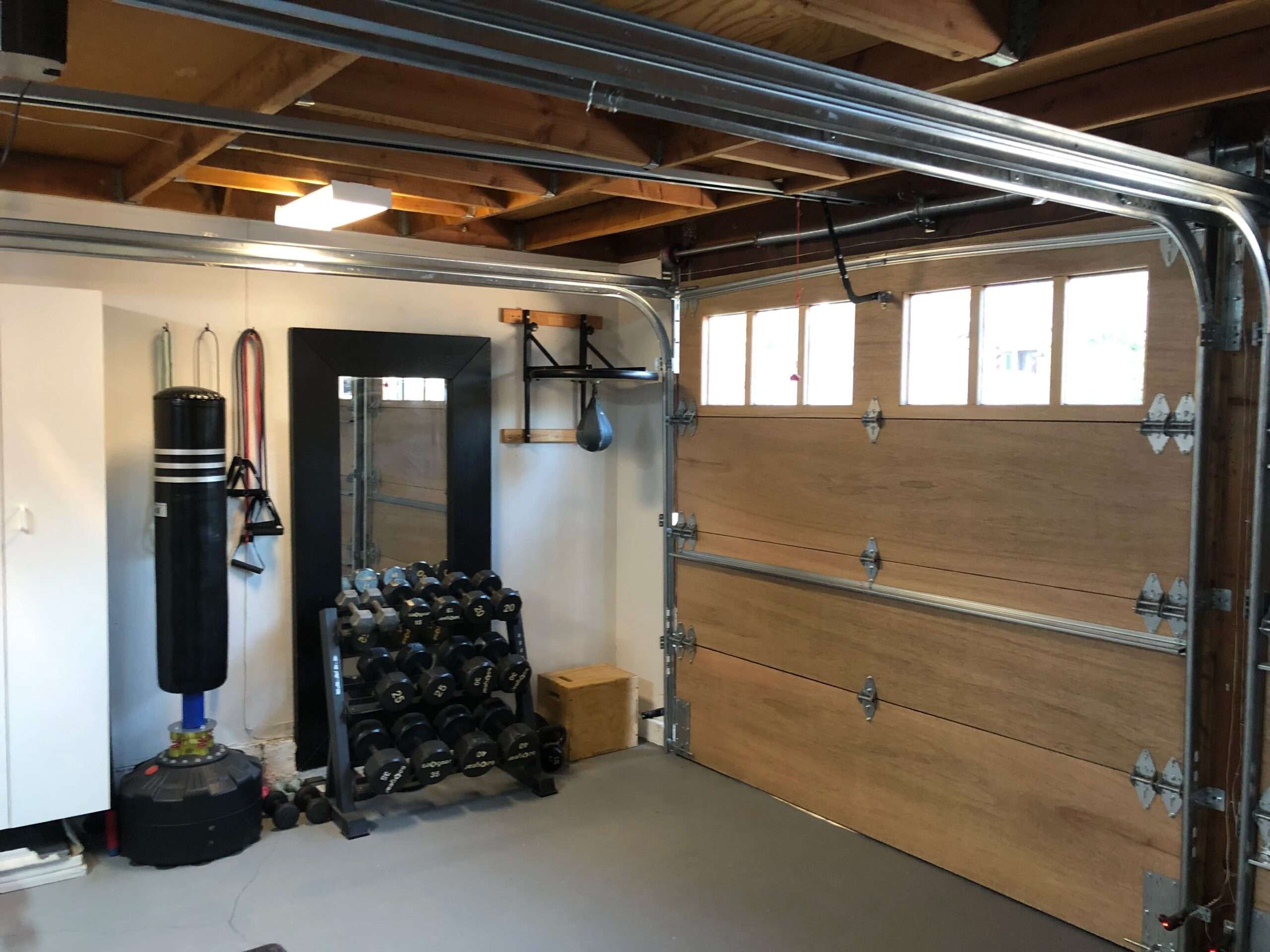
2. Insulation (R-Value): An Investment in Energy Savings
Insulation is a crucial factor, especially in Sacramento where summers can be intensely hot. The R-value measures a door’s thermal resistance, with higher numbers indicating better insulation.
- Uninsulated (R-0): The most basic and least expensive option. These are typically single-layer steel doors and offer no thermal protection.
- Cost Impact: Minimal increase.
- Insulated (R-6 to R-18+): A mid-range to high-end option. These doors are constructed with two or three layers and a layer of foam insulation (polystyrene or polyurethane) between them.
- Cost Impact: Adds several hundred to over a thousand dollars to the initial price. However, the long-term energy savings from a well-insulated garage can offset this initial cost of garage door replacement, especially if your garage is attached to your home.
3. Size and Type of Door: Standard vs. Custom
The dimensions of your garage opening play a significant role.
- Standard Single Door: A standard size is typically 8 or 9 feet wide.
- Standard Double Door: A standard size is usually 16 or 18 feet wide.
- Custom Sizes: If your garage opening has non-standard dimensions, a custom-sized door will need to be ordered, which can add a considerable amount to the garage door replacement cost.
- High-Lift/Low-Headroom Tracks: Most garages have enough space for standard overhead tracks. However, if your garage has high ceilings or very limited headroom, special track systems will be required, increasing the labor and material costs.
4. Garage Door Opener and Accessories
Your new door may require a new opener, which adds to the total average cost of garage door replacement.
- Opener Type:
- Chain-Drive: Most affordable, but also the loudest.
- Belt-Drive: The most popular residential option due to its quiet operation, but it’s more expensive.
- Screw-Drive: Moderately priced, with few moving parts, but can be sensitive to temperature.
- Opener Features: Smart home connectivity (allowing you to control the door with your phone), battery backup (essential for power outages), and security features like rolling codes will add to the price but offer significant value.
- Accessories: Keypads, extra remote controls, or wireless entry systems are typically sold separately or as part of a package.
5. Labor and Installation: Don’t Underestimate the Value of Expertise
The price of professional installation is a critical part of the total cost of garage door replacement. This is one area where you should not try to cut corners.
- Professional Expertise: Reputable companies employ certified, experienced technicians who can install your door safely and correctly. Improper installation can lead to a host of problems, including poor performance, premature wear and tear, and dangerous safety issues. The labor cost reflects the installer’s expertise, insurance, and the specialized tools required for a safe job.
- Complexity of the Job: Labor costs can be higher if the old door is heavy and difficult to remove or if the existing opening needs structural repairs to the jambs or header.
- Old Door Removal: Most professional quotes will include the cost of hauling away and disposing of your old door. Be sure to confirm this.
- Permits: In some areas, a building permit may be required for garage door replacement, adding a small fee to your total cost.
6. Location and Regional Differences
While this article focuses on Sacramento, it’s worth noting that costs can vary even within the greater Sacramento area. Urban centers may have different labor rates and building codes compared to the surrounding suburbs or smaller towns. When you’re getting quotes, the regional factor is important.
Companies like SCF Garage Doors run some great promotions like the ones here.
The Long-Term Value of Your Investment
When you’re facing a significant expense, it’s easy to focus solely on the cost of garage door replacement. However, it’s crucial to consider the project’s long-term value:
- High Return on Investment (ROI): Garage door replacement consistently ranks as one of the top home improvement projects for ROI. Studies often show that homeowners can recoup a very high percentage of the project’s cost at resale, making it a wise investment.
- Energy Savings: An insulated door can noticeably reduce your heating and cooling bills, especially if your garage is attached to your home.
- Enhanced Security: Modern doors and openers offer advanced security features, giving you greater peace of mind.
- Improved Quality of Life: A new door operates quietly and smoothly, and with features like smartphone control, it adds convenience and a modern feel to your daily routine.
How to Get an Accurate Quote for Your Garage Door Replacement
To get the most accurate estimate for your garage door replacement cost in Sacramento, follow these steps:
- Do Your Research: Understand the different materials, styles, and features you want before contacting a professional.
- Get Multiple Quotes: Contact at least three reputable local garage door companies. A trustworthy installer will provide a free, no-obligation on-site consultation and quote.
- Request a Detailed Quote: Insist on a written, itemized quote that breaks down all the costs, including the door itself, the opener, labor, and the removal of the old door. This prevents unexpected fees.
- Check Credentials: Verify that the company is licensed, insured, and has a strong reputation with positive customer reviews.
Conclusion
The cost of garage door replacement in Sacramento is a reflection of many factors, from your chosen material and style to the complexity of the installation and the quality of the components. While the average cost of garage door replacement provides a general idea, the final price is determined by your specific needs and preferences. By understanding the key cost drivers and focusing on the long-term value, you can confidently navigate this home improvement project. Don’t simply choose the lowest bid; invest in a high-quality door and professional installation to ensure your new garage door provides years of reliable, safe, and beautiful service.
Ready to get a precise quote for your new garage door? Contact SCF Garage Doors today! We are your local experts for garage door replacement in Sacramento, providing transparent pricing, high-quality products, and professional installation. Our team will work with you to understand your needs and provide a detailed, itemized quote with no hidden fees.

